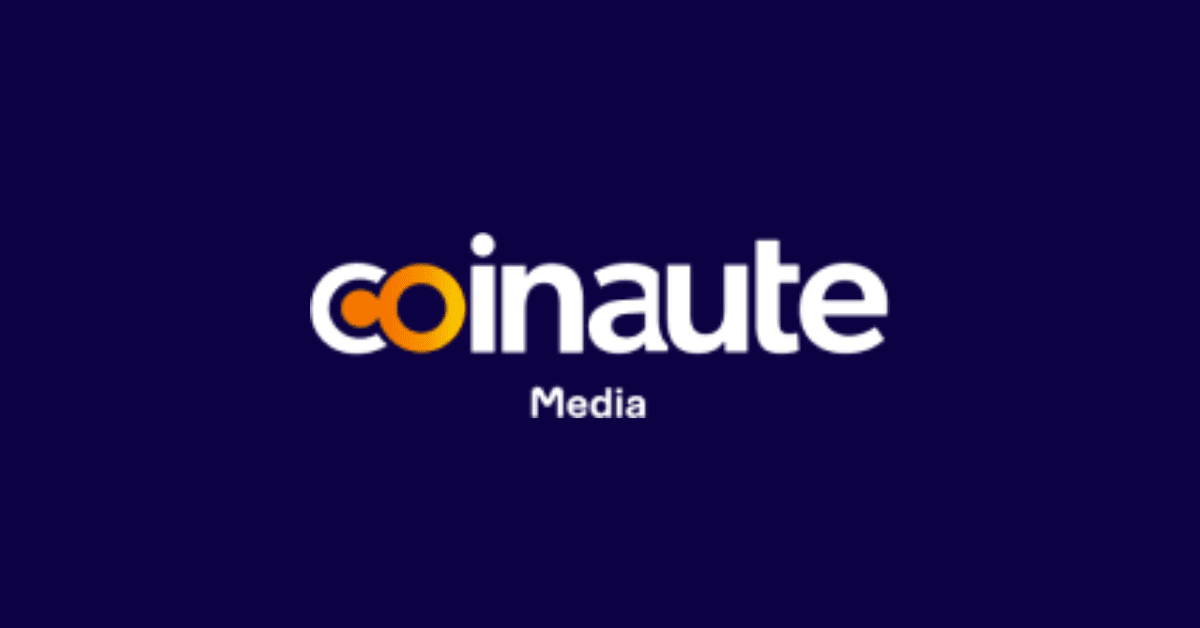Blockchain is a revolutionary technology that enables data to be stored in a decentralized and secure way. It is often associated with cryptocurrencies, but its use goes far beyond that. One of the most interesting applications of blockchain is the creation of an oracle.
What is an oracle?
Oracles are a major innovation in blockchain technology. They were developed to solve the problem of the lack of real-time data in smart contracts. Indeed, blockchain smart contracts cannot access external real-world data on their own. This is where oracles come in.
An oracle is a system that bridges the gap between real-world data and blockchain smart contracts. It collects data from external sources, such as IoT sensors, websites, weather data or other relevant data sources, and then supplies it to the smart contracts. The data is stored on the blockchain and used to execute the smart contracts.
How does an oracle work?
Oracles have become an essential part of blockchain architecture. They extend the reach of smart contracts, enabling them to make decisions based on real-world data, greatly enhancing their ability to interact with the external environment.
They work by collecting data from external sources and providing it to smart contracts. These external sources can include a variety of data, from weather and road traffic data to IoT and Internet of Things sensor data, as well as third-party market and transaction data.
The oracle's architecture is designed to collect and store this data securely on the blockchain. The data collected is encrypted and stored on the blockchain in the form of data transactions. Smart contracts can then use this data to execute programmed instructions in real time.
However, the use of oracles also entails certain risks. Firstly, the data collected can be manipulated, which can lead to errors in the decisions made by smart contracts. In addition, there can be delays in data collection, which can affect the performance of smart contracts.
Types of oracles
In the blockchain ecosystem, there are two types of oracle: centralized oracles and decentralized oracles. Each of these types of blockchain oracle has advantages and disadvantages that need to be taken into account when choosing the right oracle for a particular application.
Centralized oracle
Centralized oracles are managed by a single entity that supplies data to smart contracts. This entity may be a company or organization that holds a monopoly on the data source, or an individual who controls the data in question. Centralized oracles are often used in blockchain applications for their ease of use, speed and lower cost.
However, centralized oracles also present certain risks. Firstly, centralizing the oracle can lead to greater vulnerability to security attacks, as the oracle is controlled by a single entity. In addition, centralized oracles can be prone to censorship and data manipulation, since the person or organization controlling the oracle has discretionary power over the data it provides.
Decentralized oracle
Decentralized oracles, on the other hand, are managed by a network of nodes that work together to supply data to smart contracts. Decentralized oracles are frequently considered more secure and reliable than centralized oracles, as they are controlled by a large number of stakeholders rather than a single entity. What's more, decentralized oracles are resistant to censorship and data manipulation, making it more difficult for an individual stakeholder to control the entire oracle network.
Nevertheless, decentralized oracles can have their drawbacks. Firstly, they can be slower and more costly to operate than centralized oracles, due to the number of stakeholders involved in the process. In addition, decentralized oracles may be less reliable than centralized ones, as there may be coordination and communication problems between the nodes of the oracle network.
Advantages of oracles
Oracles offer a number of advantages over traditional systems. Firstly, their ability to collect real-time data from external sources enables greater automation of smart contracts, which can speed up business processes and reduce costs. Smart contracts can be programmed to make real-time decisions based on data provided by blockchain oracles, without requiring human intervention.
What's more, blockchain oracles are more secure than traditional systems, as they are decentralized and encrypted. The data collected by blockchain oracles is stored on the blockchain, making it immutable and transparent. All stakeholders can verify the data and ensure that smart contracts are operating according to agreed terms. The security of blockchain oracles is enhanced by the cryptography used to store data on the blockchain, which guarantees data authenticity and integrity.
Risks of oracles
While oracles offer many advantages, it's important to note that they also carry risks. One of the main risks is linked to their very nature: blockchain oracles collect data from external sources, making them potentially vulnerable to attack. Hackers may attempt to alter the data collected by blockchain oracles to mislead smart contracts or even trigger fraudulent transactions.
Another risk associated with oracles is the quality of the data collected. Data can be inaccurate, outdated or misleading, which can lead to errors in decision-making by smart contracts. Data errors can also be inadvertently introduced, for example due to Internet connection problems or IoT sensor configuration issues.
Finally, oracles can be prone to manipulation. External sources can be corrupted or influenced to provide inaccurate or misleading data. For example, a malicious actor could influence weather data to manipulate the smart contracts involved in agricultural commodity trading.
To conclude, oracles are an exciting technology that bridge the gap between real-world data and blockchain smart contracts. They have many advantages, but also risks. To make the most of this technology, it's important to understand its benefits and risks, and to take them into account when designing blockchain-based systems.








